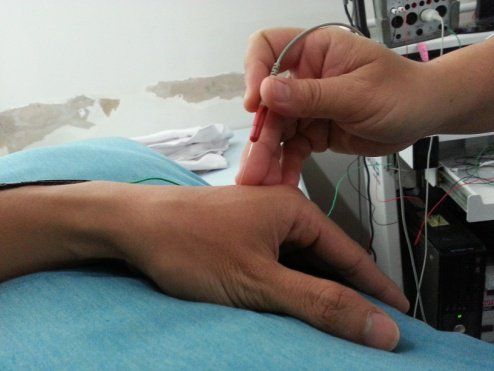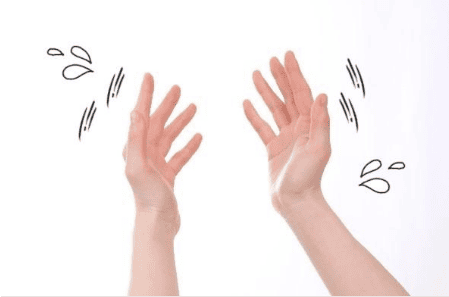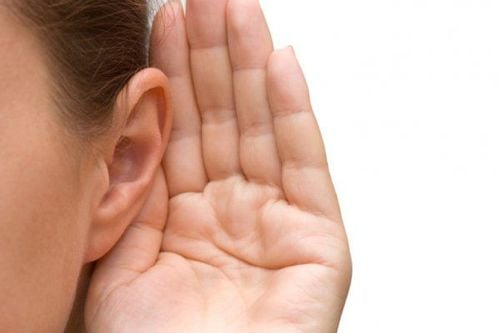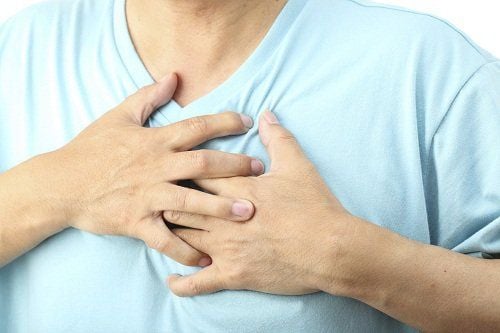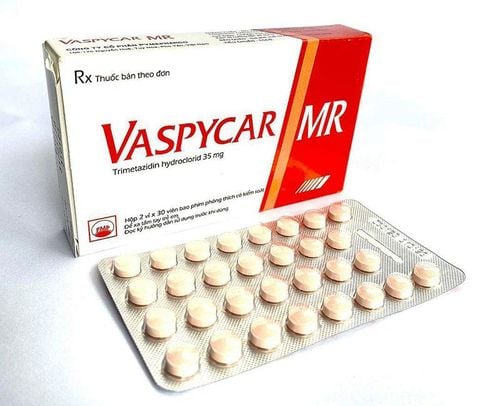This is an automatically translated article.
The article was written by MSc Vu Duy Dung - Doctor of Neurology, Department of General Internal Medicine - Vinmec Times City International Hospital.Humans have documented tremors for thousands of years. Run is defined as an voluntary movement into rhythm (that is, regular repetition) and oscillation (that is, rotation around a central plane). Run can manifest in many different forms. Thus, the clinical phenomenology is very diverse, and it is not surprising that there are many methods of classifying tremor.
Indeed, tremors can be classified based on the speed (frequency measured in Hertz), the part of the body affected (eg, hands, voice, head), and the state of activity in which the tremor manifests itself. present (eg, when a body part is at rest), comorbidities (eg, hyperthyroidism), and the brain region from which tremor arises (eg, basal ganglia, cerebellum). Since there are many ways to classify run, a large number of terms are used for run.
The abundance of clinical phenomenology and associated terminology can discourage physicians. The goal of this article is to provide the reader with a fundamental approach to the diagnosis and management of patients with tremor. This approach includes a medical history, focused neurologic examination, diagnosis, and ultimately treatment. Approach to the patient includes a medical history, followed by a neurological examination.
1. Medical history
First, the patient should be asked directly to determine whether the tremor occurs with movement or at rest. It is best to start with an open-ended question (for example, “Can you tell me what your tremor is like?” or “What kind of tremor do you have?” or “When do you feel your tremor?”) .After this initial question, more specific questions, like “Do your hands shake when you write?” or “Do your hands shake when you use your hands to eat something?” can be used to determine whether a tremor is a tremor during movement or a tremor at rest. This is followed by questions to gather more information about the following:
Body parts that are shaken (eg, hands, head, voice) Postures of the limbs that cause tremors and, vice versa On the other hand, the poses seem to reduce tremors more. How does the age at onset of tremors change with time Presence of other involuntary movements Presence of other neurological symptoms Presence of sensations of tension or discomfort in the body part while shaking Using medications that can make tremors or make them worse Dietary factors that make tremors worse (eg, coffee and other forms of caffeine) Symptoms of thyroid disease (eg. : weight loss, heat intolerance) Family history of tremors (eg, having first-degree relatives with tremors is common in patients with essential tremor, whose inheritance pattern may be similar to another disease) autosomal dominant gene)
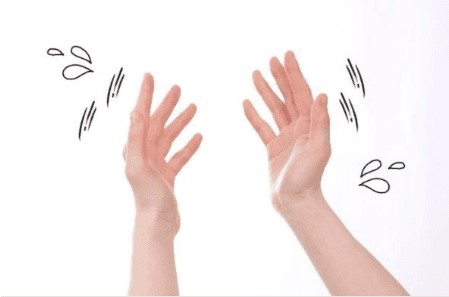
2. Neurological examination
After the medical history, a detailed and focused neurologic examination is required. The examiner should first ask the patient to raise his arms against gravity, palms down in front, and then in a flapping position with the hands facing each other on the midline.If a postural tremor occurs while maintaining arm extension, the examiner should evaluate the following:
Is the tremor regular and fluctuating Which joints are involved (eg, elbow joints, wrist, knuckles) and in what directions (eg, with wrist joint flexion-extension, pronation) Is tremor in one hand concurrent with that of the other (i.e., in phase or out of phase) ) Does the run have a recurrent characteristic (i.e., initially absent and how soon the tremor appears) Is the tremor associated with abnormal postures Is there any characteristic of psychogenic tremor, including loss of focus (i.e., tremor decreases or disappears with active performance of a movement (e.g., tapping fingers in the other hand), charisma (i.e., tremor can be carried away by a particular rhythm), or suggestiveness (meaning that the examiner can induce tremors with some stimulus) Next, the examiner needs to try to induce tremors – a type of tremor that occurs during voluntary movements. In this way, the examiner can ask the patient to Do the finger-nose-finger test, pour water between cups, draw spirals, or write a sentence. The examiner should evaluate the following:
Does the tremor have an involuntary component (i.e. does the tremor worsen as the limb approaches the target [e.g. in the finger-nose-finger test])? Are there dystonia movements or dystonia positions (eg, fingers are flexed, extended, or twisted in the finger-nose-finger test)? What is the relative severity of the observed tremor relative to the tremor during postural maintenance?
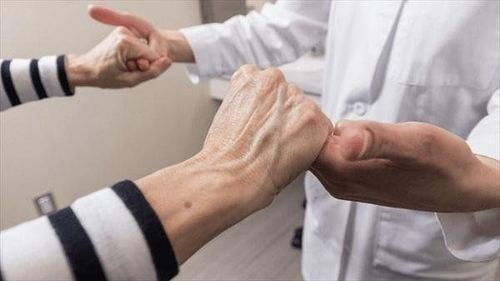
Finally, the examiner should evaluate tremors of the head (ie, neck tremor) (while the patient is sitting and lying down), jaw (with mouth closed and then mouth open), facial muscles (eg, forehead, cheeks). ), chin, tongue, and voice (while maintaining pronunciation and while speaking).
Vinmec International General Hospital is one of the hospitals that not only ensures professional quality with a team of leading medical doctors, modern equipment and technology, but also stands out for its examination and consultation services. comprehensive and professional medical consultation and treatment; civilized, polite, safe and sterile medical examination and treatment space. Customers when choosing to perform tests here can be completely assured of the accuracy of test results.
Please dial HOTLINE for more information or register for an appointment HERE. Download MyVinmec app to make appointments faster and to manage your bookings easily.
Articles source reference:
Louis ED. Tremor. Continuum (Minneap Minn) 2019;25(4, Movement Disorders): 959–975.






